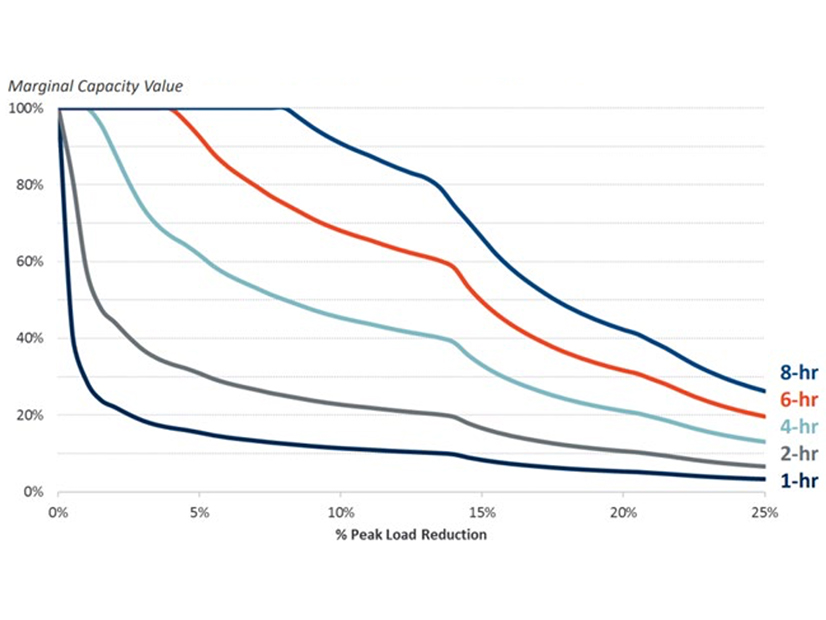
Mitigation Review Moves Forward
The NYISO Business Issues Committee voted (76.13%) Tuesday to recommend that the Management Committee approve changes to the ISO’s installed capacity market buyer-side mitigation and capacity accreditation rules.
The buyer-side mitigation rules are increasingly viewed as an impediment to state policy goals and something that needs to be addressed, Michael DeSocio, NYISO director of market design, said. (See NYISO BSM Mitigation Ruling Sparks Glick Rebuke.)
The ISO wants to ensure that the BSM, capacity market and wholesale market rules in general are just and reasonable and that the markets are open to all resources capable of providing wholesale services, including those that can help New York achieve its clean energy objectives, DeSocio said.
“We’ve been working on comprehensive mitigation review now for three years … and I don’t think we would be here without a proposal that combines various [stakeholder concerns],” he said. “That’s part of the collaborative process and part of the compromise that brings forth many good ideas. We’re very comfortable with the proposal and think it’s the right approach for the NYISO competitive wholesale markets.”
CSR-related Manual Updates
The BIC also approved manual updates related to implementation of market rules for co-located energy storage resources (CSR), specifically for the ICAP, Ancillary Service, Day-Ahead Scheduling, and Transmission & Dispatch Operations manuals.
“We are actually looking to deploy software in the next couple of weeks,” Amanda Myott, energy market design Specialist, said.
The ISO last year modified the market rules necessary to accommodate CSRs, which consist of a wind or solar intermittent power resource and an energy storage resource co-located behind a single point of injection that share a set of common injection/withdrawal limits.
The two generators that make up the CSR will participate in NYISO’s markets as distinct generators, and the market software will consider the common injection/withdrawal limits when determining energy and ancillary services schedules for these generators, Myott said.
Language will be added to the applicable manuals describing how the scheduling limits will interact with unit specific constraints, such as ramp, upper operating limit and lower operating limit.
FERC in March accepted the ISO’s rules allowing an energy storage resource to participate in the wholesale markets with wind or solar as a CSR, and the ISO has since been working on the market software. (See FERC Approves NYISO Co-located Storage Model.)

